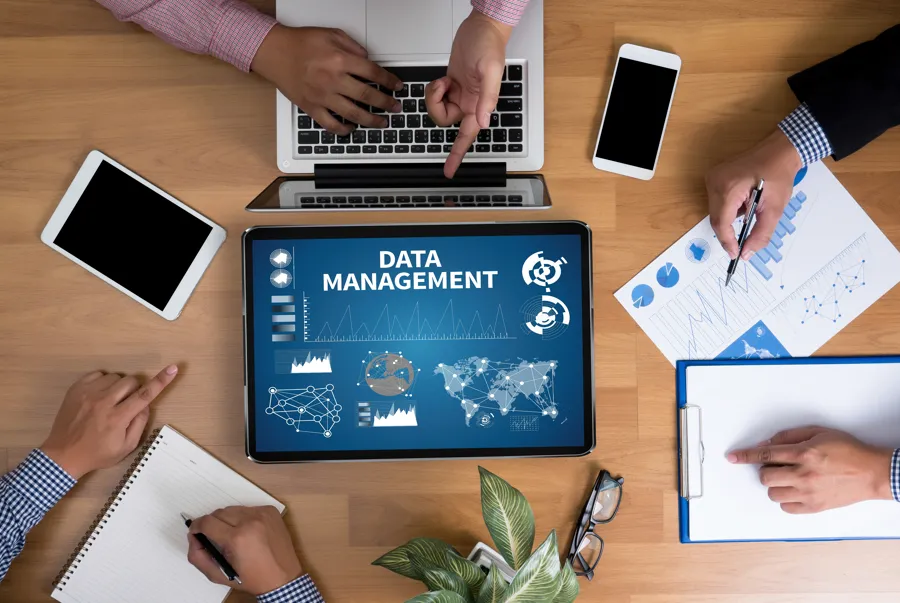
Entity resolution has evolved into a critical process for obtaining meaningful insights from increasingly large and complex datasets. For business analysts, the ability to accurately identify and link related data points is essential to maintain data quality, uncover trends, and drive informed decision-making. From traditional methods to cutting-edge technology, the evolution of entity resolution offers both lessons and opportunities.
Understanding the Importance of Entity Resolution
Entity resolution refers to the process of identifying and linking information that pertains to the same entity across different datasets. For example, linking a customer’s online shopping profile with their in-store purchasing history enables businesses to deliver personalized services. Accurate entity resolution is essential for business analysts seeking to draw actionable insights from data. Errors in the process can lead to duplicate records, incomplete profiles, and flawed analytics, ultimately impacting the quality of organizational strategies and decision-making.
The Early Days of Entity Resolution
Rule-Based Systems
Traditional entity resolution relied heavily on rule-based systems. Human-designed rules, such as comparing exact matches between names, addresses, or phone numbers, were applied to identify duplicates or links between records. While effective in controlled scenarios, these systems were overly rigid and lacked the flexibility needed to handle imperfect or incomplete data.
Manual Processes
Entity resolution in its earlier forms also involved extensive data cleaning and manual matching. Analysts spent significant time merging datasets, while addressing inconsistencies like typographical errors or format differences. This manual approach was labor-intensive and prone to human error, resulting in limited scalability as data volumes grew.
The Big Data Era Brings New Challenges and Opportunities
The rise of big data has fundamentally changed the scope of entity resolution. Key characteristics of big data, including its volume, velocity, and variety, introduce complexities that traditional methods struggle to address. With larger datasets, real-time decision-making requirements, and diverse data sources, businesses face the following challenges:
- Handling Scale: Traditional systems are not equipped to process massive datasets efficiently, leading to delays and inaccuracies.
- Unstructured Data: An influx of data from emails, social media, and other non-structured formats creates new matching challenges.
- Dynamic Changes: Modern businesses require near-real-time updates, making static entity resolution approaches less effective.
Although these challenges are significant, the big data era also presents opportunities. Advanced tools and computational capabilities now enable scalable, automated solutions for entity resolution, paving the way for innovation.
Modern Approaches to Entity Resolution
Leveraging Machine Learning
Machine learning has revolutionized entity resolution by introducing data-driven models that can adapt to patterns and complexities within datasets. Several approaches are shaping the modern landscape:
- Supervised Learning: Models trained on labeled datasets can identify matching entities with high accuracy. While effective, this approach requires significant labeled training data.
- Unsupervised Learning: Clustering algorithms uncover patterns in unlabeled datasets, making it ideal for dynamic or large-scale data.
- Deep Learning: Neural networks bring cutting-edge capabilities like image recognition and natural language processing into entity resolution.
These methodologies enable more flexible, accurate, and scalable solutions.
The Role of Data Quality and Governance
No matter how advanced the technology is, the foundation of successful entity resolution lies in data quality and governance. Maintaining standardized formats, ensuring data completeness, and addressing inaccuracies create cleaner inputs for machine learning models and other tools. Business analysts must prioritize data governance to maximize the impact of entity resolution.
The Future of Entity Resolution
Emerging Trends
One of the most promising trends in entity resolution is the application of graph-based systems. By visualizing data as interconnected networks of entities, graph-based approaches allow analysts to identify relationships and patterns beyond simple pairwise comparisons. This technique is particularly powerful in scenarios involving complex interdependencies, such as fraud detection or supply chain management.
Predictions for the Field
As technology advances, entity resolution will likely become more automated, scalable, and integrated into broader analytical workflows. The future may also bring advancements in explicability, allowing analysts to better understand and trust automated decisions made by AI-driven entity resolution models.
From its manual beginnings to the integration of advanced AI techniques, entity resolution has undergone remarkable growth. Despite its evolution, it remains a fundamental process for business analysts to uncover actionable insights, maintain data integrity, and drive informed strategic decisions. Investing in modern entity resolution approaches ensures businesses can keep pace with the growing demands of big data, while positioning themselves to capitalize on future advancements. By aligning tools, processes, and data quality efforts, analysts can lead their organizations toward better decisions and stronger competitive advantages. For more information, contact a service provider like Tamr.
